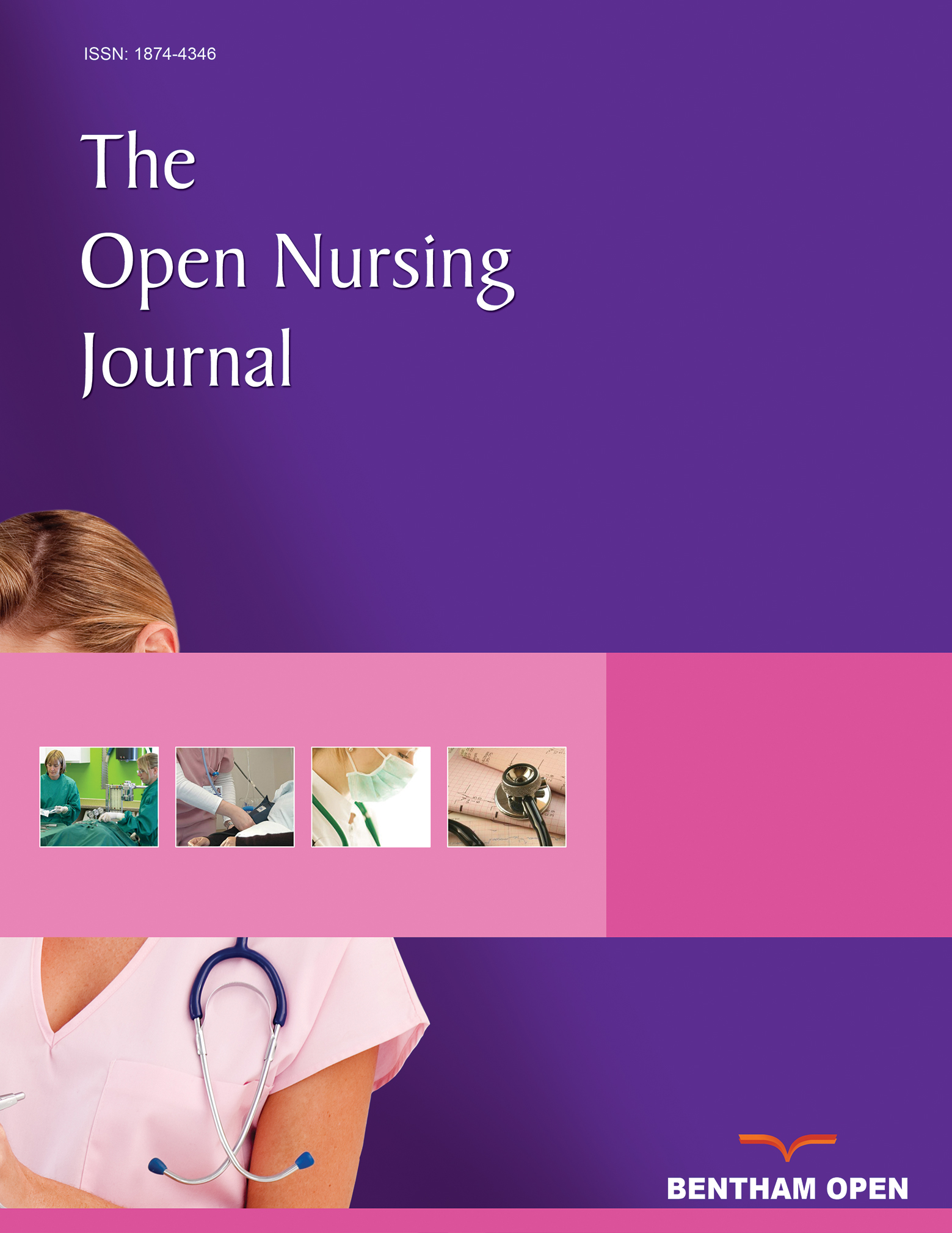All published articles of this journal are available on ScienceDirect.
Swedish District Nurses’ Attitudes to Implement Information and Communication Technology in Home Nursing
Abstract
The use of information and communication technology has increased in the society, and can be useful in nursing care. The aim of this study was to describe district nurses’ attitudes regarding the implementation of information and communication technology in home nursing. The first and third authors performed five focus group discussions with 19 district nurses’ from five primary healthcare centres in northern Sweden. During the focus group discussions, the following topics were discussed: the current and future use of information and communication technology in home nursing; expectations,advantages, disadvantages and hindrances in the use of information and communication technology in home nursing; and the use of information and communication technology from an ethical perspective. The transcribed focus group discussions were analysed using qualitative content analysis. The results showed that district nurses’ attitudes were positive regarding the use of information and communication technology in their work. They also asked for possibilities to influence the design and its introduction. However, the use of information and communication technology in home nursing can be described as a complement to communication that could not replace human physical encounters. Improvements and risks, as well as the importance of physical presence in home nursing were considered vital. The results revealed that the use of information and communication technology requires changes in the district nurses’ work situation.


